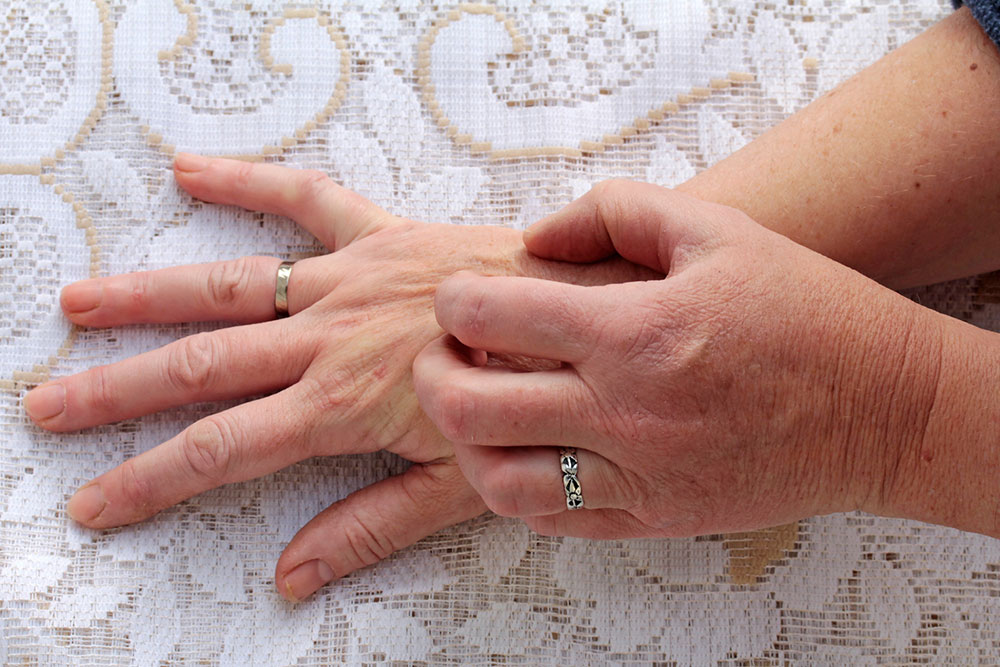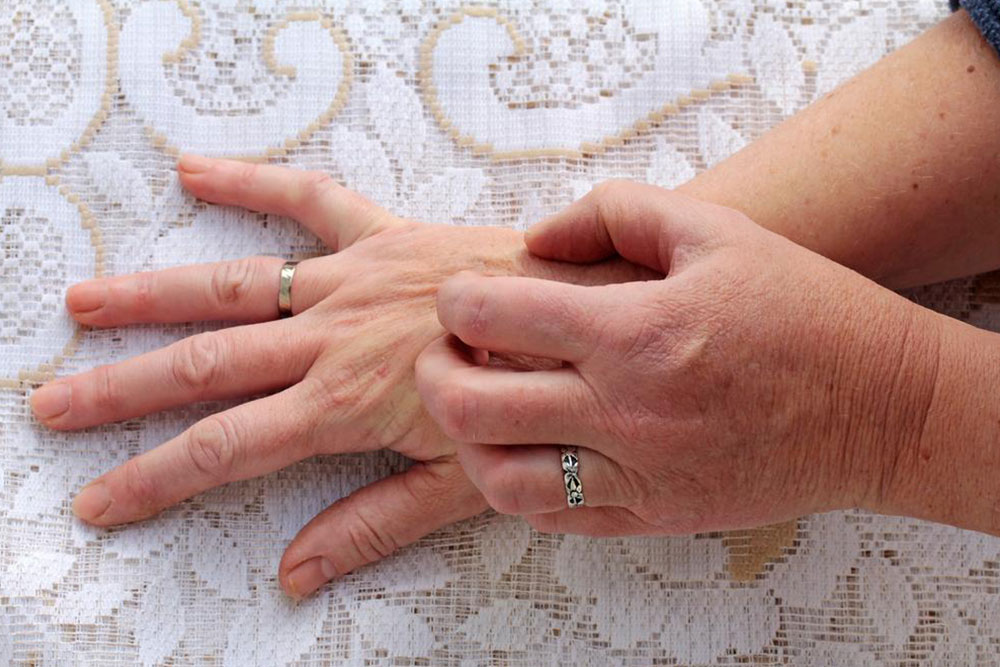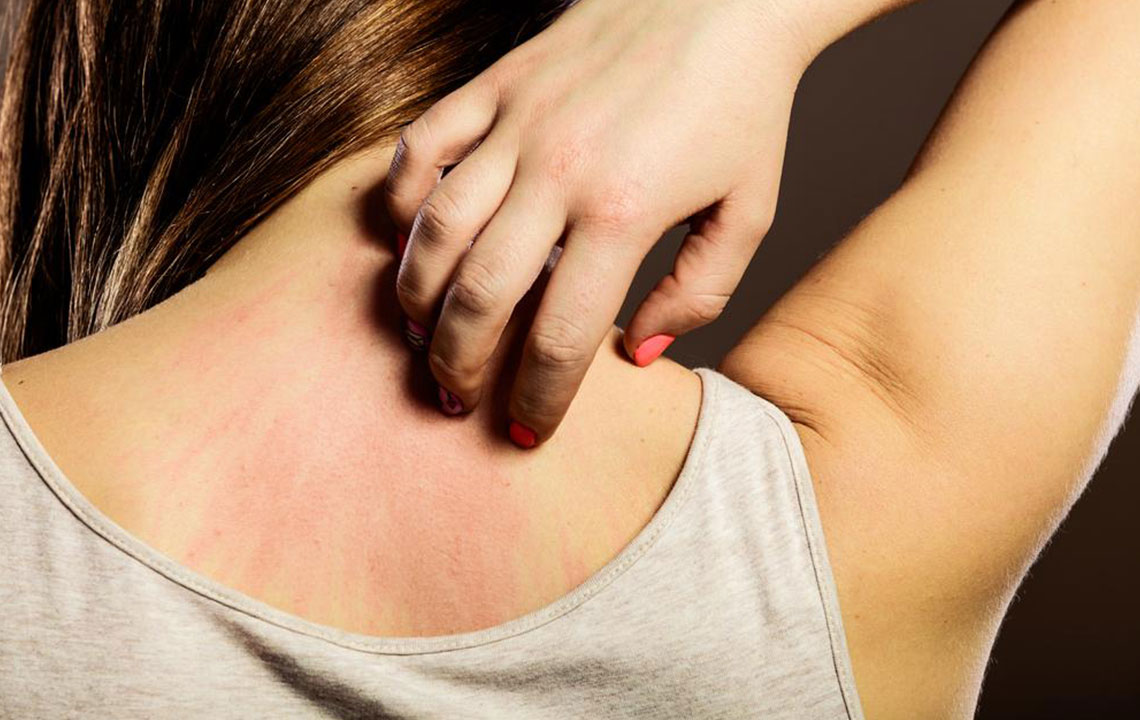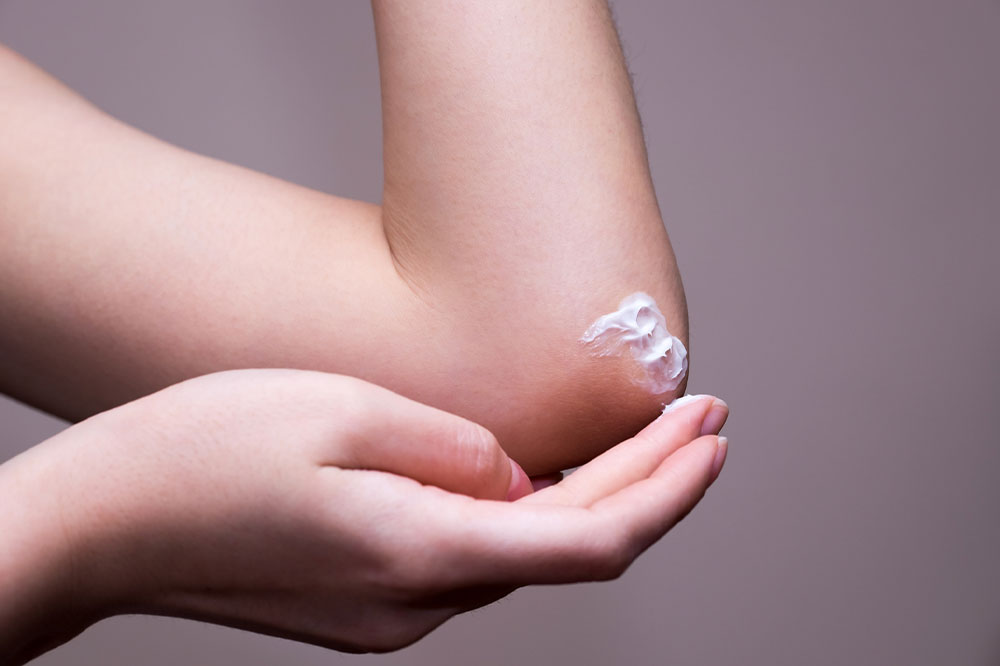Complete Guide to Scabies: Symptoms, Causes, and Effective Treatment Strategies
This comprehensive guide delves into scabies, a highly contagious skin condition caused by Sarcoptes scabiei mites. It covers key symptoms like intense itching and rashes, causes involving mite transmission, and effective treatments including topical creams and precautions. Early recognition and proper treatment are vital to prevent complications such as bacterial infections and crusted scabies. The article emphasizes the importance of treating close contacts and maintaining hygiene to prevent reinfestation, helping individuals and communities manage this persistent dermatological issue effectively.

Complete Guide to Scabies: Symptoms, Causes, and Effective Treatment Strategies
Scabies is a highly contagious skin condition that can spread rapidly within densely populated settings such as households, dormitories, hospitals, and community centers. Recognizing the symptoms early and understanding the causes are crucial steps toward effective management and prevention of this uncomfortable and potentially serious skin issue. In this comprehensive guide, we will explore everything you need to know about scabies, from its symptoms and causes to the most effective treatment options available today.
What exactly is scabies?
Scabies is an infectious skin disease caused by a microscopic mite known as Sarcoptes scabiei. These tiny mites burrow into the upper layer of the skin, creating tunnels where they lay eggs. This activity triggers an intense itching sensation and leads to the development of a rash, which can vary in severity. If left untreated, scabies can cause secondary bacterial infections, complicating the original condition and potentially leading to more serious health issues.
The skin affected by scabies usually appears red and irritated, with widespread rashes that are often intensely itchy. The microscopic mites reside beneath the skin surface, making them invisible to the naked eye, though their presence causes noticeable discomfort and skin changes.
Key symptoms of scabies to watch for
Most individuals infected with scabies experience continuous itching that worsens at night, alongside the development of small, red bumps or blisters. These eruptions frequently appear in various parts of the body where skin folds are common. Typical locations include the spaces between the fingers, underarms, waistline, wrists, knees, breasts, buttocks, and male genitalia. In infants and young children, rashes may also appear on the scalp, face, palms, and soles, which are areas not commonly affected in adults.
Conducting an online search for images of scabies in babies can help you identify common affected areas and skin changes. It's important to note that symptoms may not be immediately apparent after infection; in first-time cases, signs can take up to six weeks to develop. However, in individuals who have previously been infected, symptoms can manifest within days. Sometimes, the infection progresses to a stage where visible symptoms are absent, yet severe itching persists. Early-stage scabies can be mistaken for other skin conditions like acne, allergic reactions, or insect bites, but the intense itching and characteristic skin lines formed by the mites' tunneling are distinguishing features.
If left untreated, scabies may lead to complications such as bacterial skin infections like impetigo, which results from scratching and skin damage. In severe cases, especially in immunocompromised individuals—such as those with HIV/AIDS, the elderly, or patients undergoing chemotherapy—the condition can escalate into crusted scabies (Norwegian scabies). This form is characterized by thick crusts full of mites and eggs, making it highly contagious and more difficult to treat.
The causes behind scabies infection
The causative agent of scabies is the Sarcoptes scabiei mite, a tiny parasite that burrows into the skin. The female mite creates tunnels, depositing eggs as she moves beneath the skin. After several days, the eggs hatch into larvae that mature and continue to spread the infestation across different body parts. The immune system reacts to the mite's presence, leading to inflammation and severe itching. It's crucial to understand how transmission occurs to prevent the spread of this infection.
Transmission primarily happens through prolonged, direct skin-to-skin contact with an infected person, making communal living environments particularly vulnerable. Sharing clothing, bedding, and towels with an infected individual also facilitates the spread of mites. Interestingly, transmission through animals is uncommon, as sarcoptes mites are usually species-specific, infecting humans only in rare circumstances.
How to effectively treat scabies
Successfully eradicating scabies involves a combination of topical and, in some cases, oral medications prescribed by healthcare professionals. The mainstay of treatment is the application of medicated creams or lotions over the entire body, from the neck down to the soles of the feet, and leaving them on for the prescribed duration—often 8 to 14 hours. Reapplication may be necessary if symptoms persist or new rashes appear. The goal is to eliminate all mites, eggs, and larvae to prevent reinfestation and further spread.
Common medications used for treatment include permethrin cream, which is considered the first-line therapy due to its effectiveness and safety profile. Other options include lindane lotion, crotamiton, and oral ivermectin, especially in more severe or crusted cases. Special considerations are necessary for pregnant women, infants, and immunocompromised individuals, who should consult their healthcare providers before starting treatment to ensure safety.
It is equally important to treat close contacts and household members—even if they do not show symptoms—to prevent reinfection and ongoing transmission. Clothing, bedding, and towels used by the infected individual must be washed in hot water and dried on high heat or sealed in plastic bags for several days to kill any remaining mites and eggs. Regular vacuuming of carpets, upholstered furniture, and other surfaces can also help eliminate mites from the environment during treatment.
In addition to pharmacological treatment, maintaining good hygiene, avoiding close skin contact during active infection, and educating household members are essential strategies to control and prevent the spread of scabies. If symptoms persist after treatment or if new rashes develop, a follow-up visit to the healthcare provider is recommended for reassessment and possible additional treatment.





